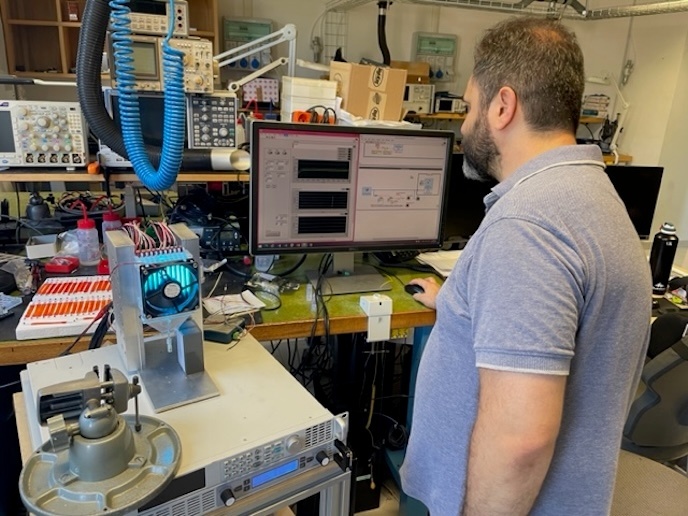Faster, easier diagnoses for endometriosis sufferers
Endometriosis is a chronic gynaecological disease affecting an estimated 10 % of women(opens in new window) during their reproductive years. The often disabling condition, whose acute symptoms include severe pelvic pain and infertility, is widely underdiagnosed. “The average delay is 9 years after the onset of the disease,” says Cécile Réal, CEO of French biotech start-up Endodiag(opens in new window). The current gold standard for diagnosing endometriosis, she explains, is laparoscopy, an invasive surgical procedure performed under general anaesthesia. Réal’s company has developed EndoSearch(opens in new window), a reliable, non-invasive diagnostic test which could enable earlier diagnostics and greatly improve patient care. The team completed the EU-funded EndoSearch project to take key steps towards validating the solution. “It will help physicians make decisions on the most suitable patient management and will improve the quality of life of millions of patients while significantly reducing endometriosis-associated healthcare costs,” Réal notes.
A smarter procedure
Endometriosis causes tissue similar to the lining of the womb to invade other organs. EndoSearch enables the collection and analysis of tissue samples to diagnose patients based on a combination of biomarkers(opens in new window). The sample can be collected by a gynaecologist in their practice using a non-invasive procedure. It is then sent to a medical laboratory, where the biomarkers are detected by combining routine IHC technology(opens in new window) and the EndoSearch in vitro diagnostics kit. The diagnosis is obtained by applying an algorithm to these results. “The project has provided interesting results regarding the selection and quantification of biomarkers and has enabled us to improve the technology,” Réal says. With 20 international clinical centres and 1 000 patients involved, the EndoSearch project conducted one of the largest studies ever carried out in this field. This enabled the project team to generate a wealth of data and build a strong knowledge base on aspects such as logistics, regulation, and harmonisation of sample collection procedures. Together, these will facilitate the next steps towards making EndoSearch available to doctors and patients. “We are currently finalising the analytical validation of data and will then design and beta test pre-industrial kits.” Final steps will include industrialising the kit, obtaining CE marking and filing a test reimbursement request.
Better prospects
Ultimately, Réal believes the solution will make a real difference for both physicians and patients by enabling earlier and better management of the disease. “Early diagnosis will lead to earlier treatment, preventing progression and damage to other organs, but also increasing IVF success rates.” A lot remains to be done however to improve patient outcomes, she cautions. “Endometriosis remains a complex and heterogenous disease. We need to improve our understanding of the condition in order to provide better management and treatment. Large-scale initiatives and international collaboration between scientists, doctors and patients will be key for providing better support to patients.”







